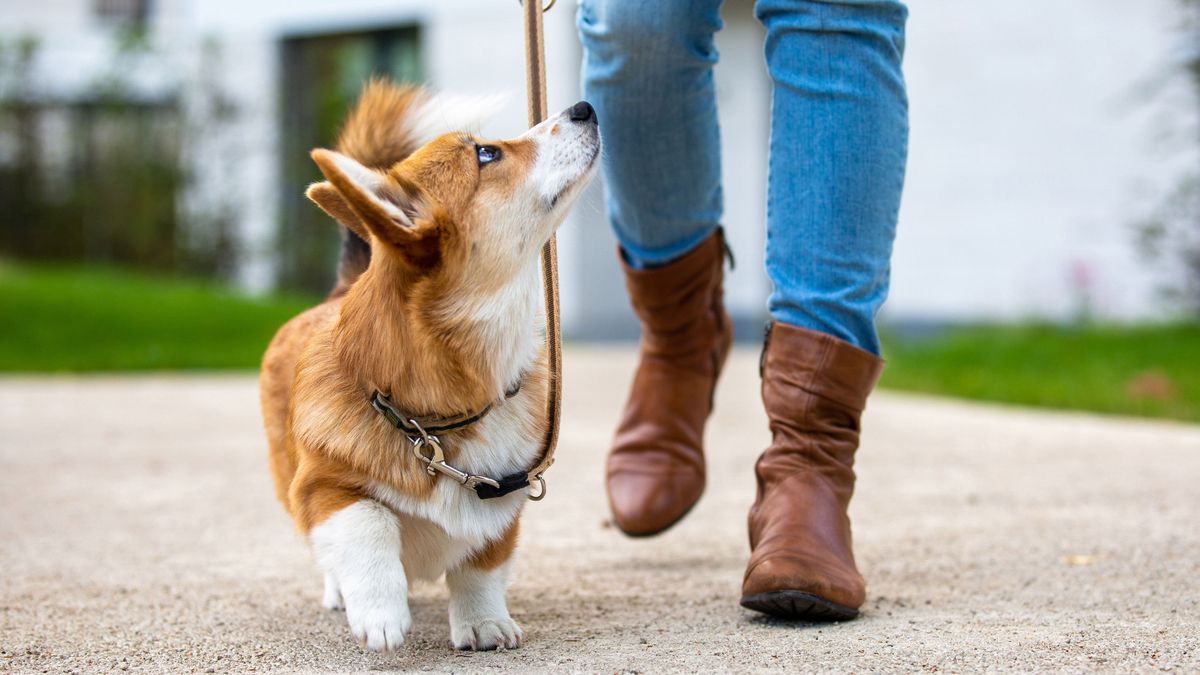
It is often said that a dog is the best man. But he doesn’t necessarily make friends with every human who crosses his path. A French study claims that it is quite easy to make any dog like you.
The authors of this research, some of whom are affiliated with the University of Aix-Marseille, found that a dog has a natural tendency to approach a stranger who walks alongside it for around fifteen minutes. This period of time would allow the animal to develop a certain emotional closeness with the person accompanying it, even if it does not know them beforehand.
The researchers made this observation after carrying out an experiment with around thirty domestic dogs of different breeds and ages. These animals were equipped with a GPS device, attached to a harness, so that their behaviors could be analyzed throughout the experiment. First, the scientists let each dog wander freely in a field for around fifteen minutes, under the watchful eye of their owner. In a second, the canines were separated into two groups.
The dogs from the first group returned to the field, but this time, they were accompanied throughout their walk by one of the researchers. The latter had to follow the animal in each of its movements, while ensuring not to stray more than a meter from it. The doggies from the second group also went for a walk in the field in the company of a scientist, but this time, the latter was not supposed to follow the animal. For example, he had to go in opposite directions or walk at a different pace.
Throughout this phase of the experiment, the academics were asked to avoid looking into the eyes of the animal they were walking with, or even talking to it. For the purposes of this study, published in the journal Applied Animal Behavior Science, the dogs did not previously know the person who would accompany them on their stroll.
Following this, the researchers had to interact for ten seconds with the dogs they followed, before heading off in the opposite direction. The goal ? See if the animal would spontaneously walk on its heels, or not. It turns out that the dogs were more likely to follow in the footsteps of the scientists when the latter had walked alongside them for around fifteen minutes. They also seemed less eager to find their master, which suggests that they had become friends with their companion.
If we are to believe the signatories of this research, it would therefore be entirely possible to create a certain complicity with a dog that we do not know, without having to touch it or bribe it with toys or food. This discovery has practical implications for volunteers working in animal shelters, but also for owners who have difficulty making their furball more sociable.
